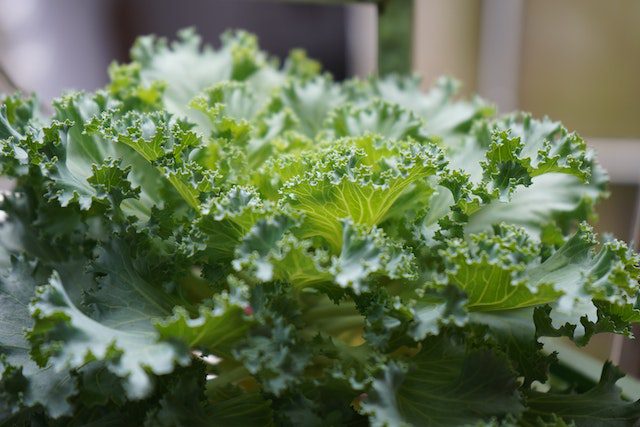In this kales farming guide, we give you facts about commercial farming in Kenya. It focusses on key questions such as growing areas, challenges and mechanization of the sukumawiki vegetable.
Which are the best areas for kales production in Kenya?
The best counties for kale growing in Kenya are Nyandarua, Kiambu, Nyeri, Kisii, Kericho, Nandi, Bungoma Kisumu and Trans Nzoia. They are known to have cooler temperatures and well distributed rainfall. In addition. They are closer to large city and town markets such as Nairobi, Kisumu & Nakuru.
What are the key challenges facing kales farmers in Kenya?
According to the KALRO institute, the key challenges affecting the Sukuma wiki production in Kenya are;
- Poor distribution of quality seeds
- Fluctuations in Kale prices
- Low use of agronomic practices
- High perishability of Kales
- Unorganized marketing channels
- Small Scales farming.
- Inadequate information to kales value chain stakeholders on best kale varieties.
How can you mechanize the kale farming process in Kenya?
farmers in Kenya and Uganda can make more profits in Sukuma wiki farming by using mechanization to reduce labor and time costs. The simple mechanization technologies that are affordable for small scale farmers are;
- Using power tillers and wheeled tractors for ploughing and weeding operations.
- a multi-function seed bed ridging machine
- Use a Kales direct drill or kales planter to sow seeds at the proper seeding rate and depth and ensuring that the seeds are covered by a fine tilth of soil.
- Use a motorized bug sprayer for fast pesticide application.
- Use a seed tray planter for high quality seedlings.
- Use a fertilizer spreader machine for precise fertilizer use of planting and topdressing fertilizers best for kales farming.
- Use a kales seedling transplanter
What methods of value addition are available in Kenya?
farmers and traders in Kenya? You can make more money a kale farmer or trader by using the following cheap methods of value addition.
- Dehydration or drying of kales in solar driers to increase shelf life
- Making kales flour
- Extracting kale juice
- Chopping kales before sale to customers.
- Cold storing of Sukuma wiki in cheap charcoal coolers and zero energy coolers to reduce their perishability.
Best Tips for successful commercial Sukuma wiki farming?
In addition to mechanization and value addition in kales farming, other winning tips for making extra profits in this vegetable farming are;
Engage in contract farming to sell kales direct to exporters and food processors.
Form kales farmers cooperatives and organized producer groups for combined efforts such as transportation, dehydration and collective bargaining as well as getting cheap credit from banks.
Practice formal/commercial kales farming as an agribusiness (kilimo biashara) by using professional farm management tools such as crop calendars and production manuals and fact sheets as well as kales business plans for efficient production and marketing.
Read Next
